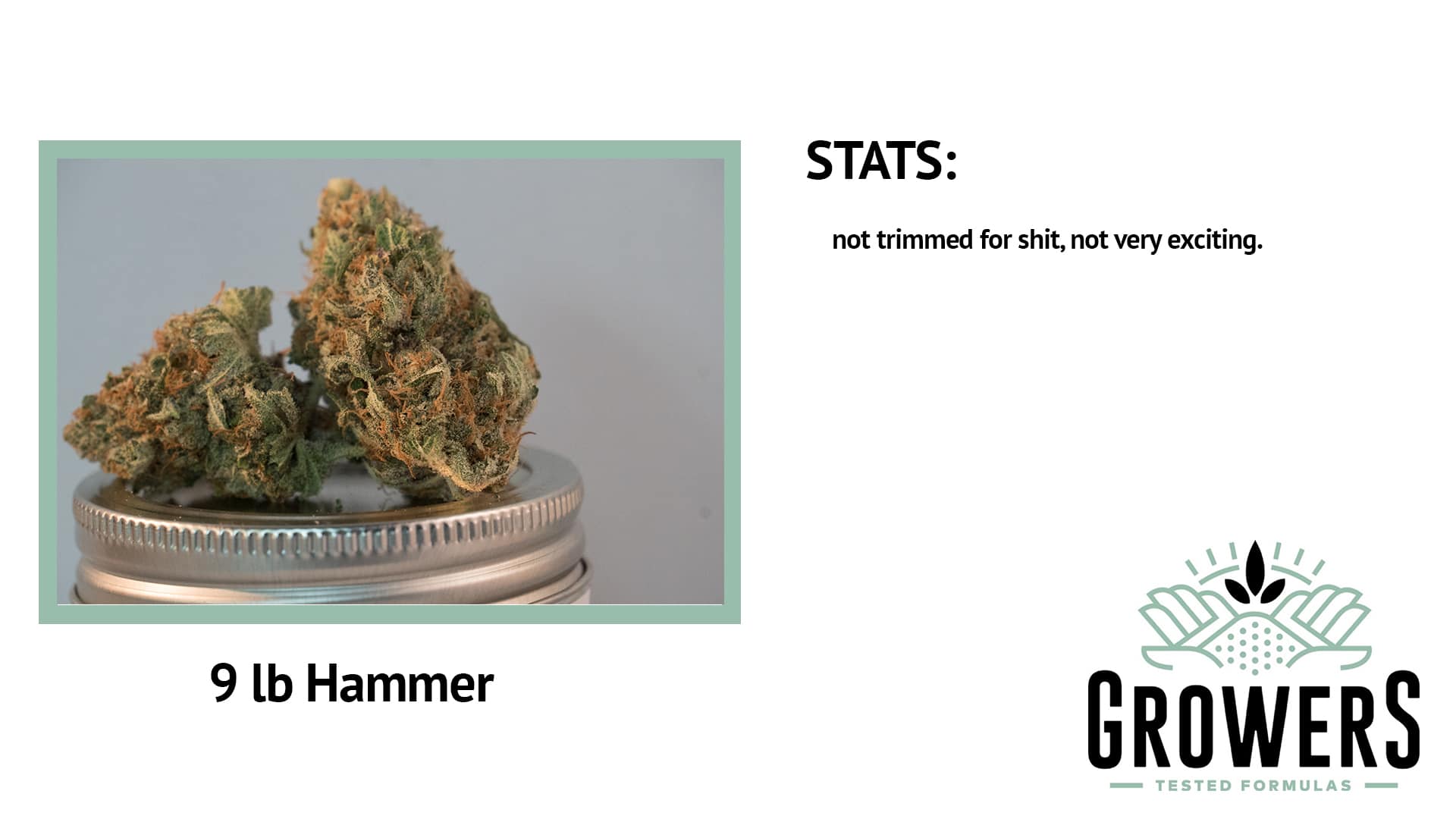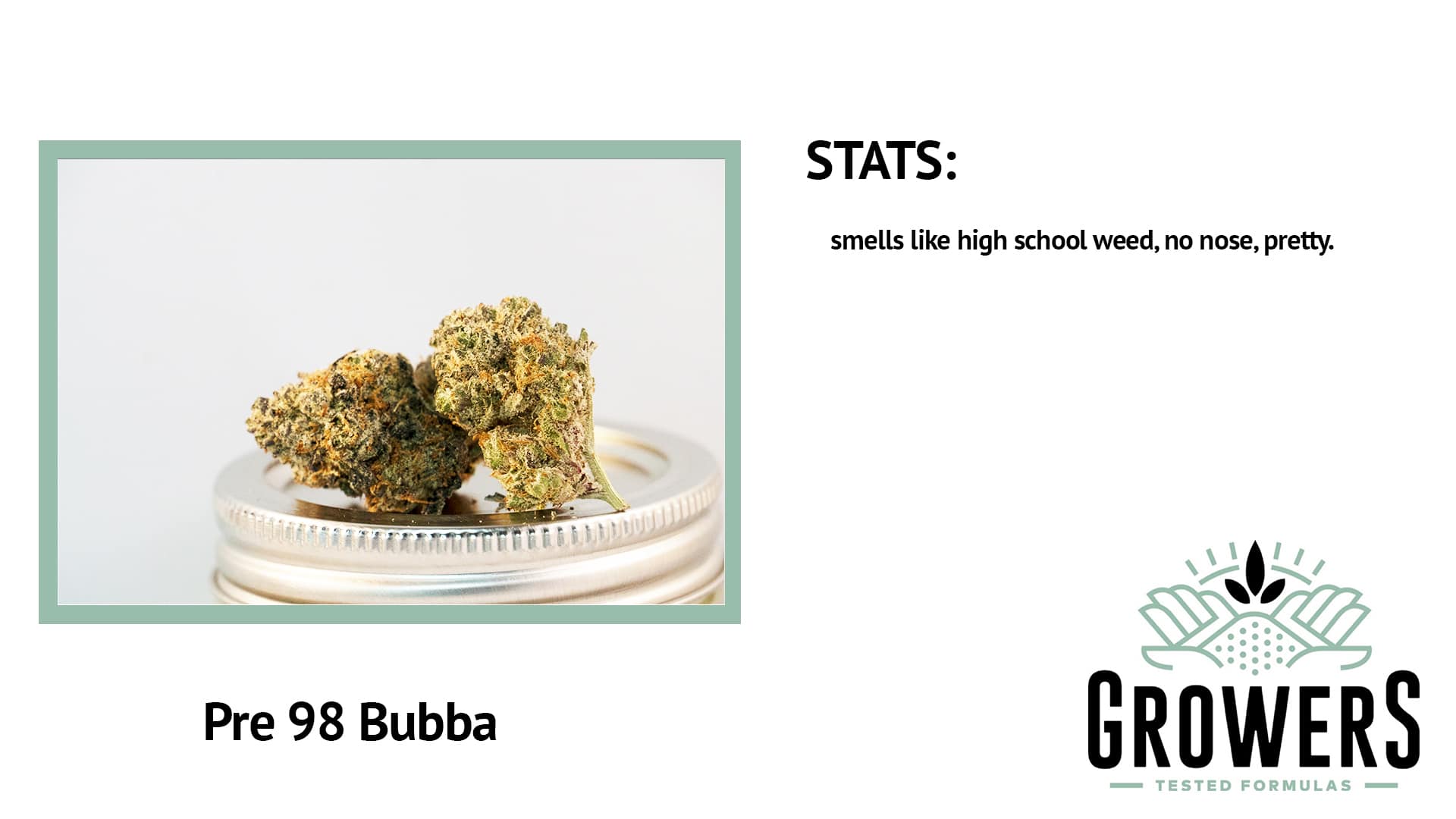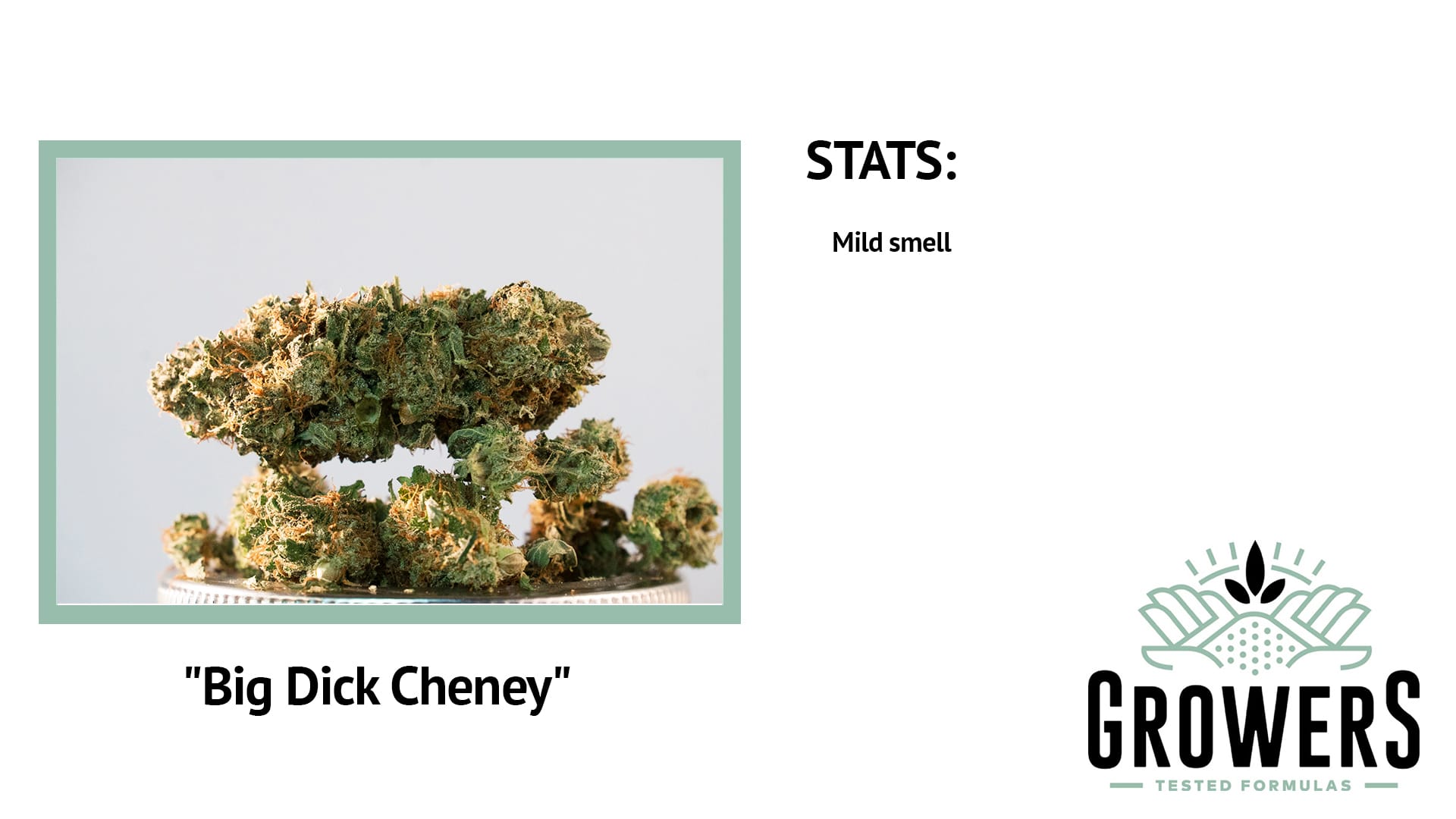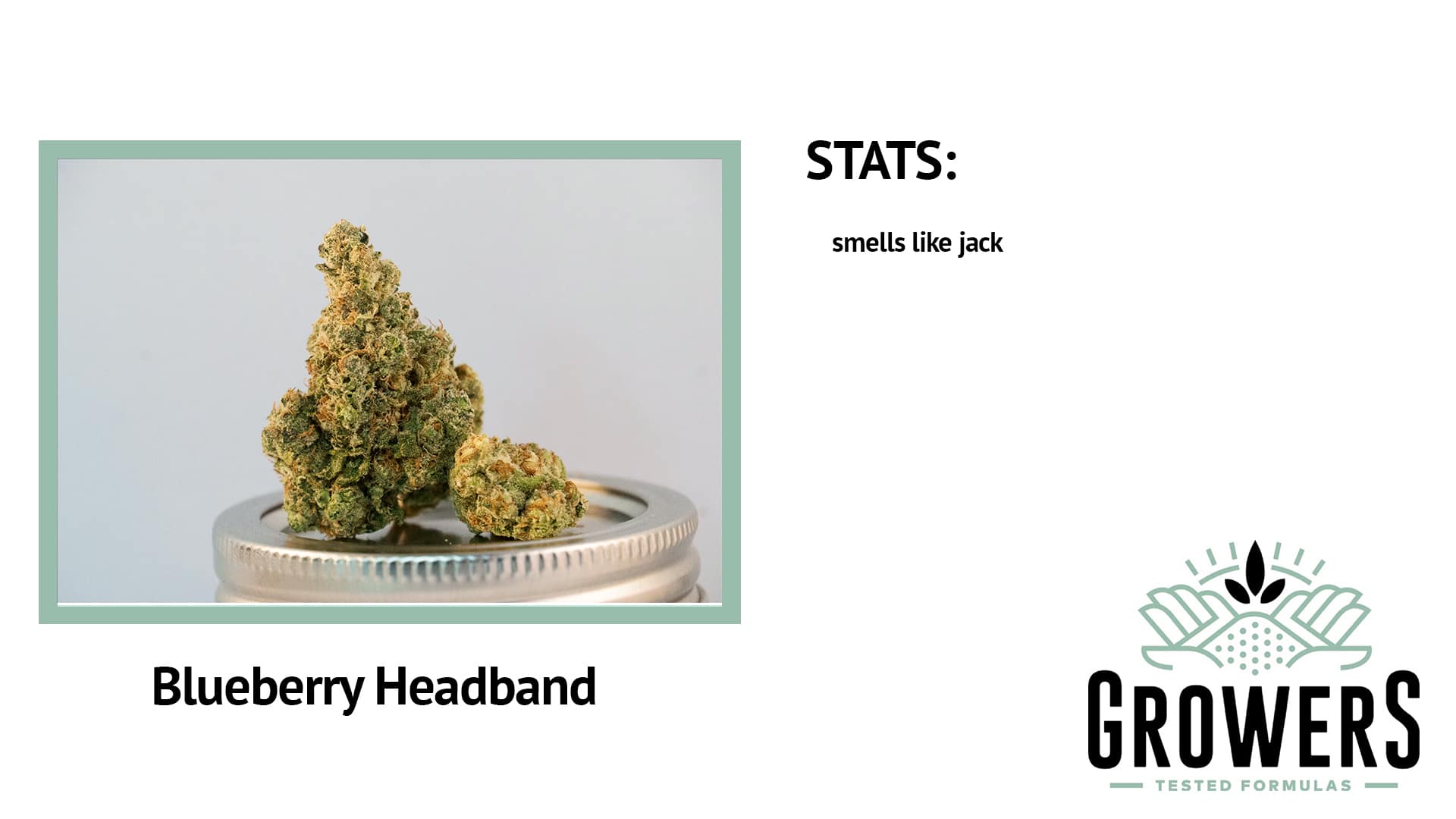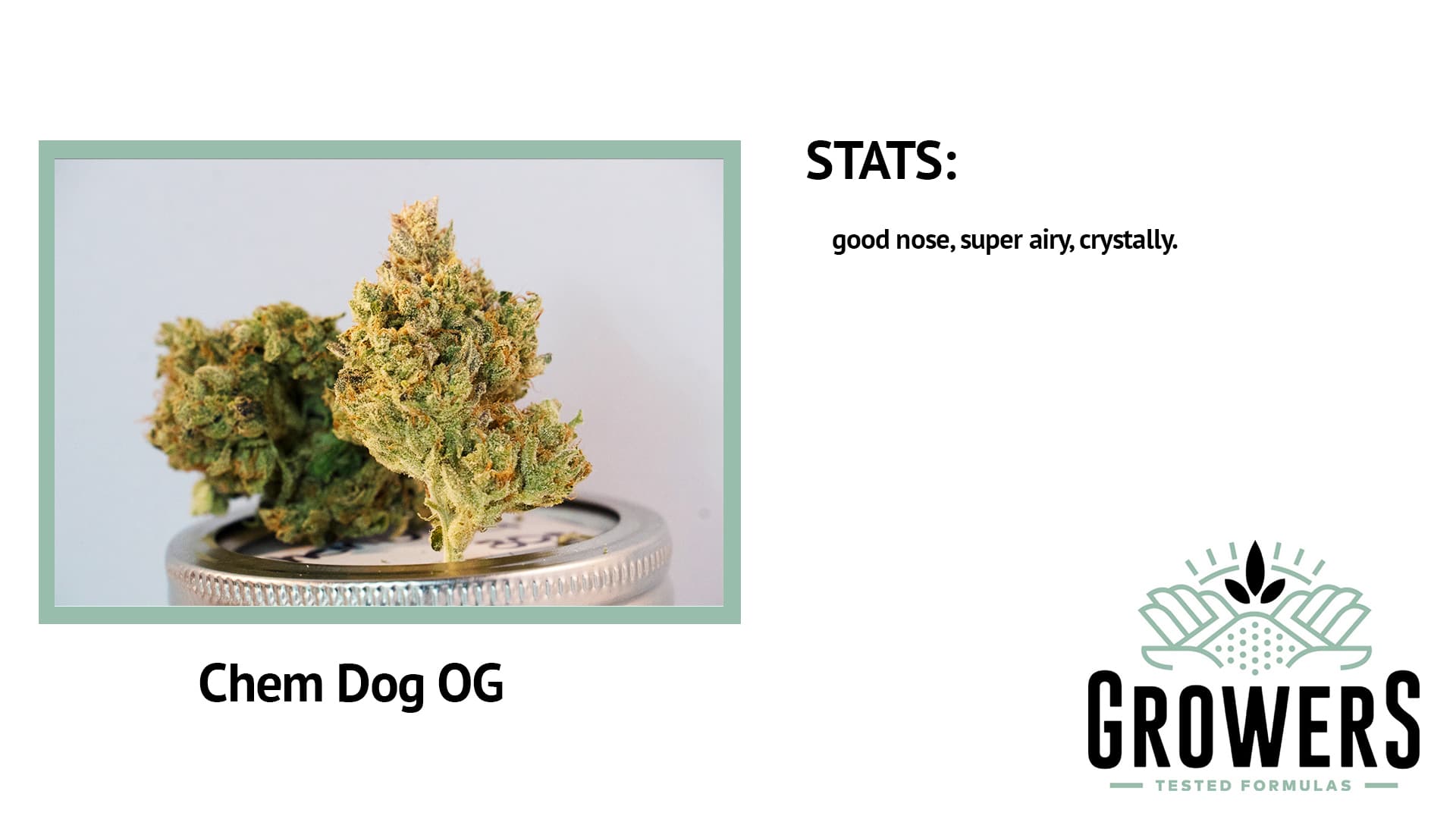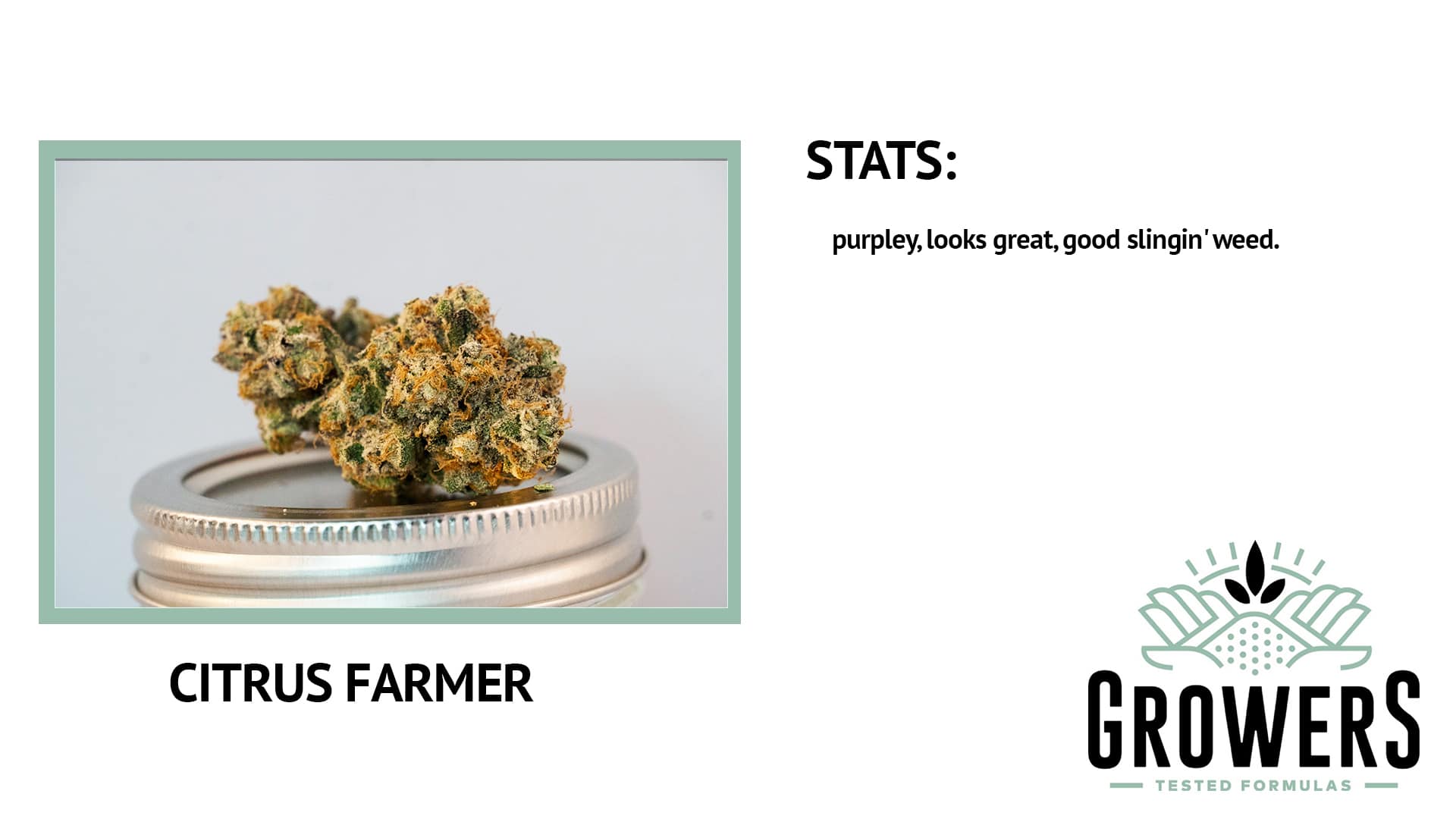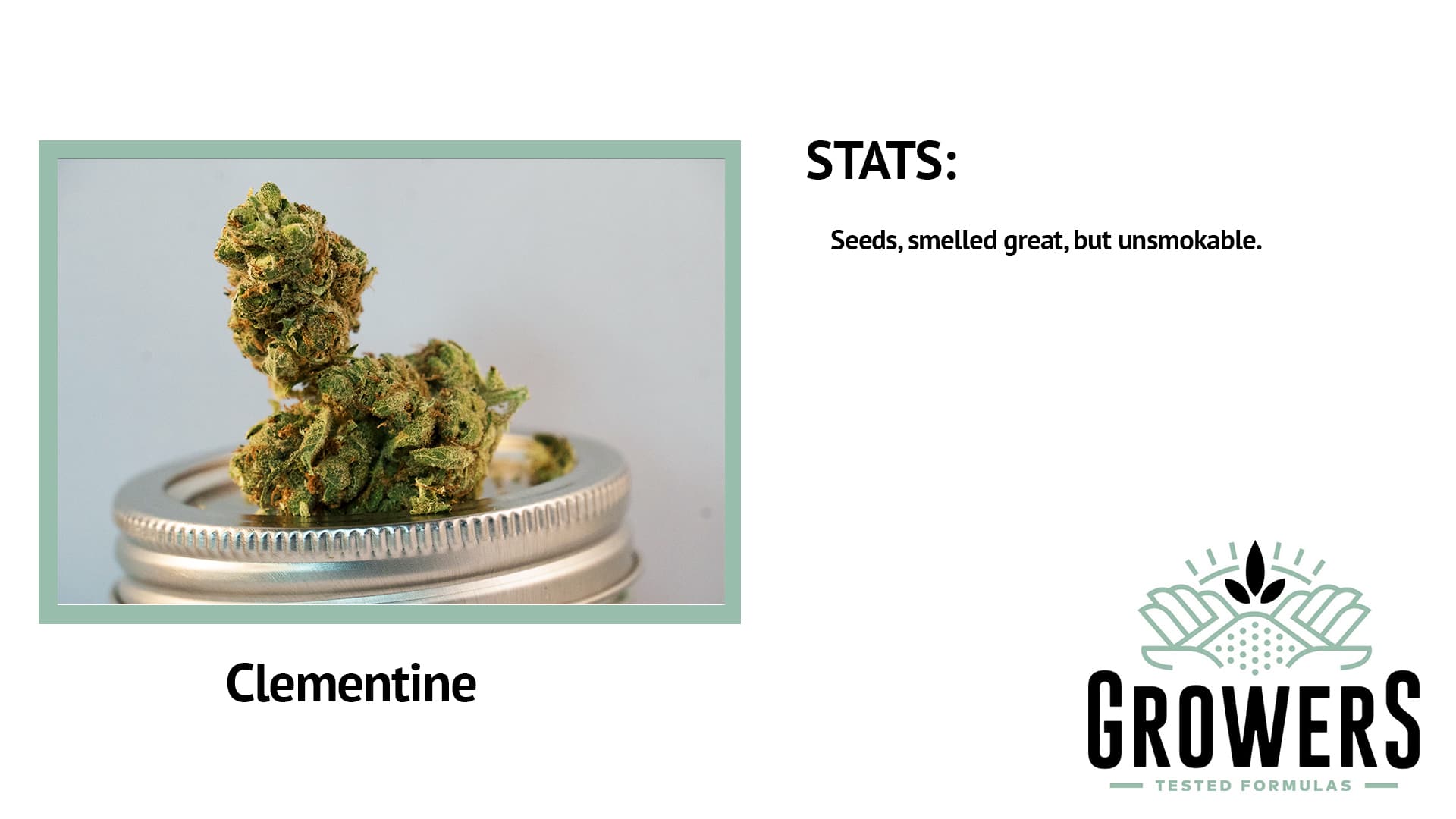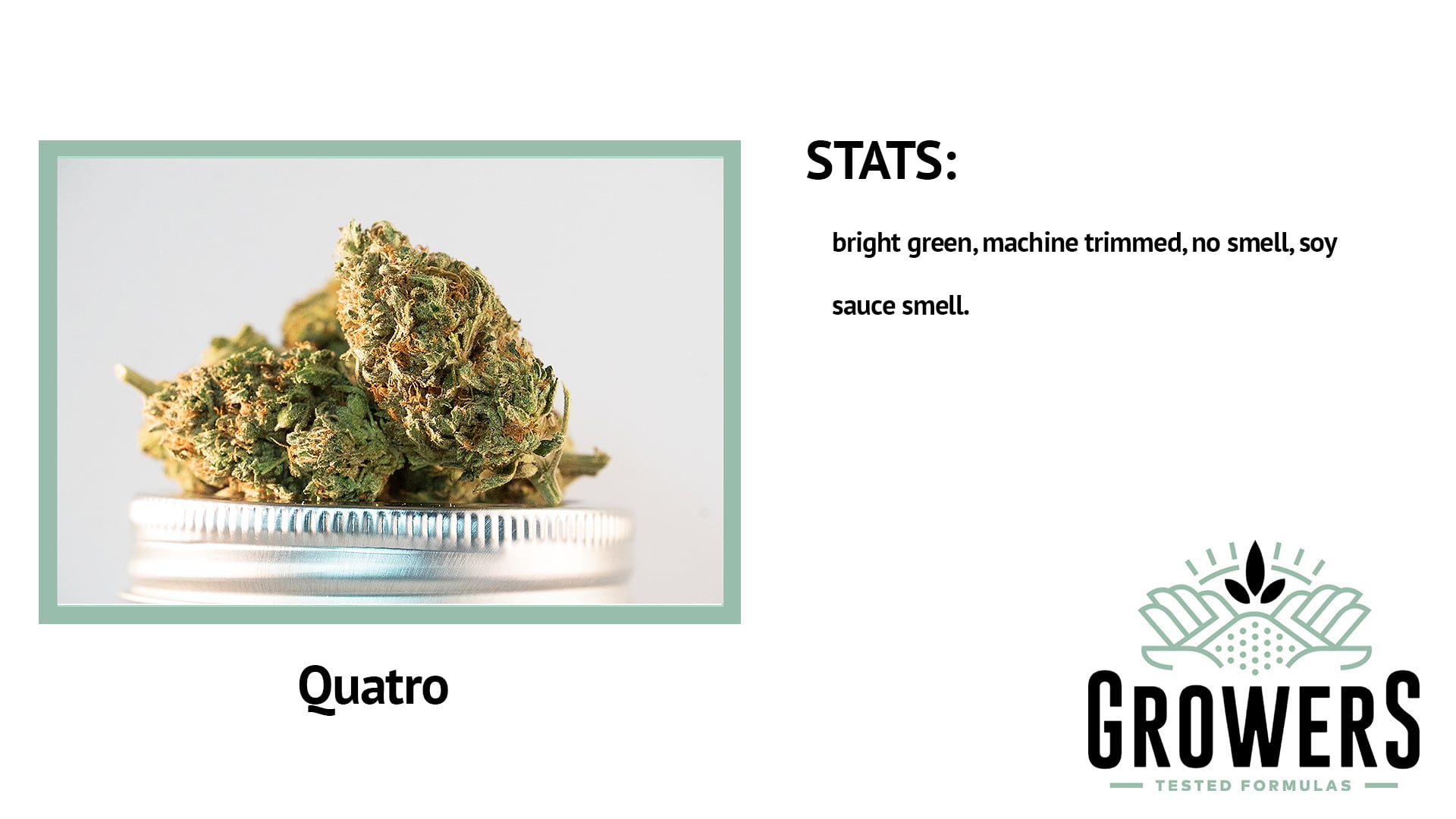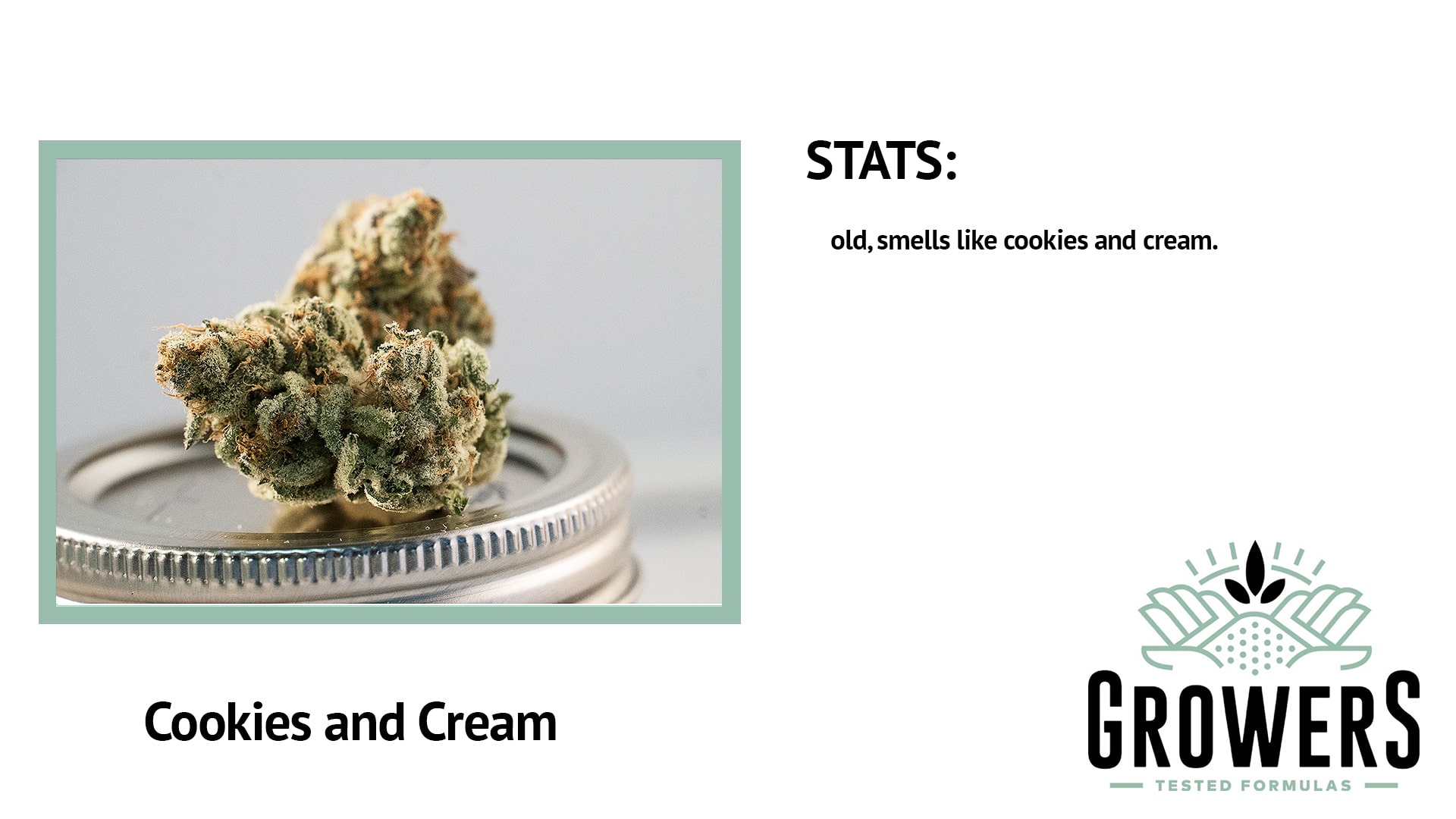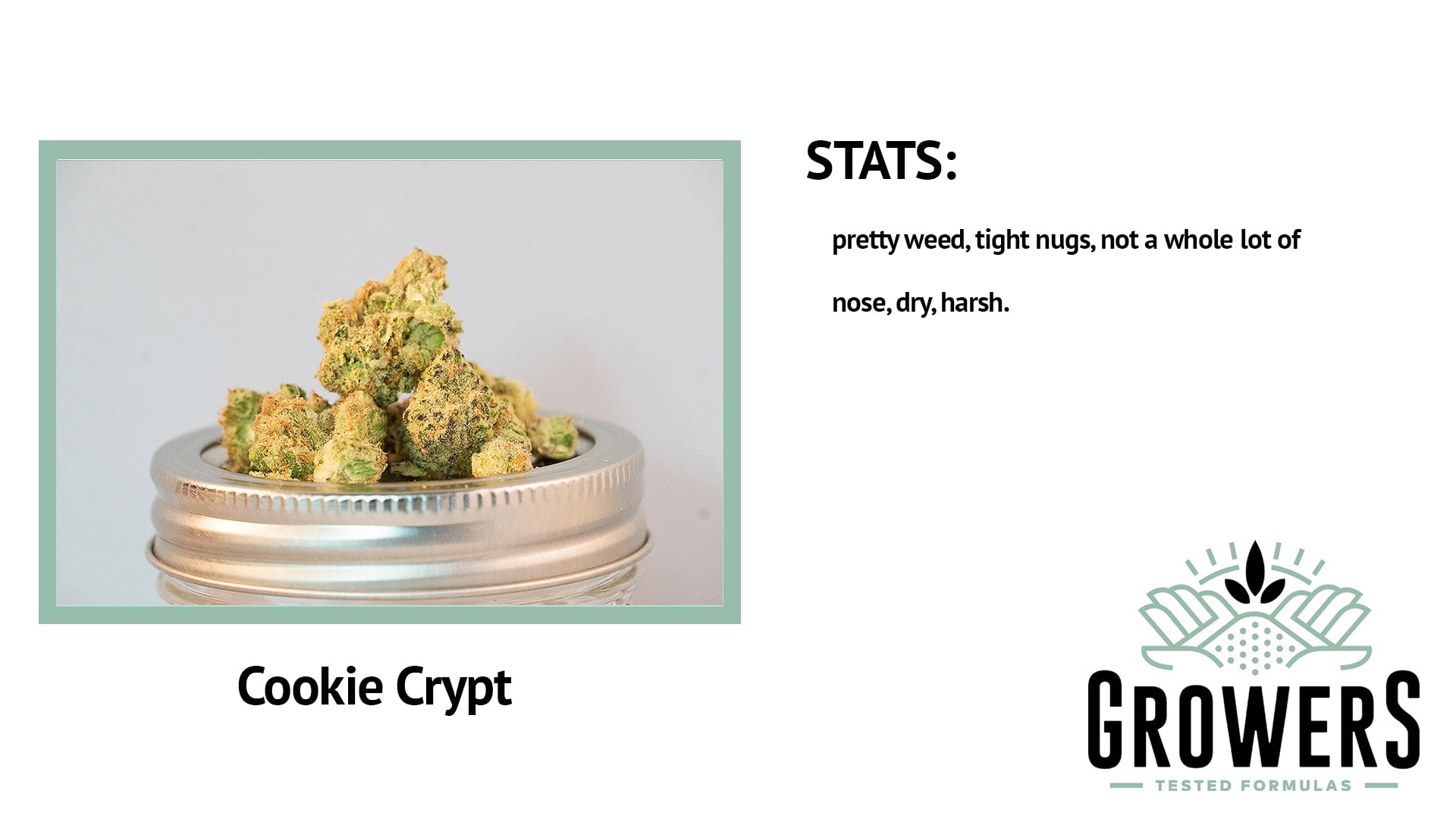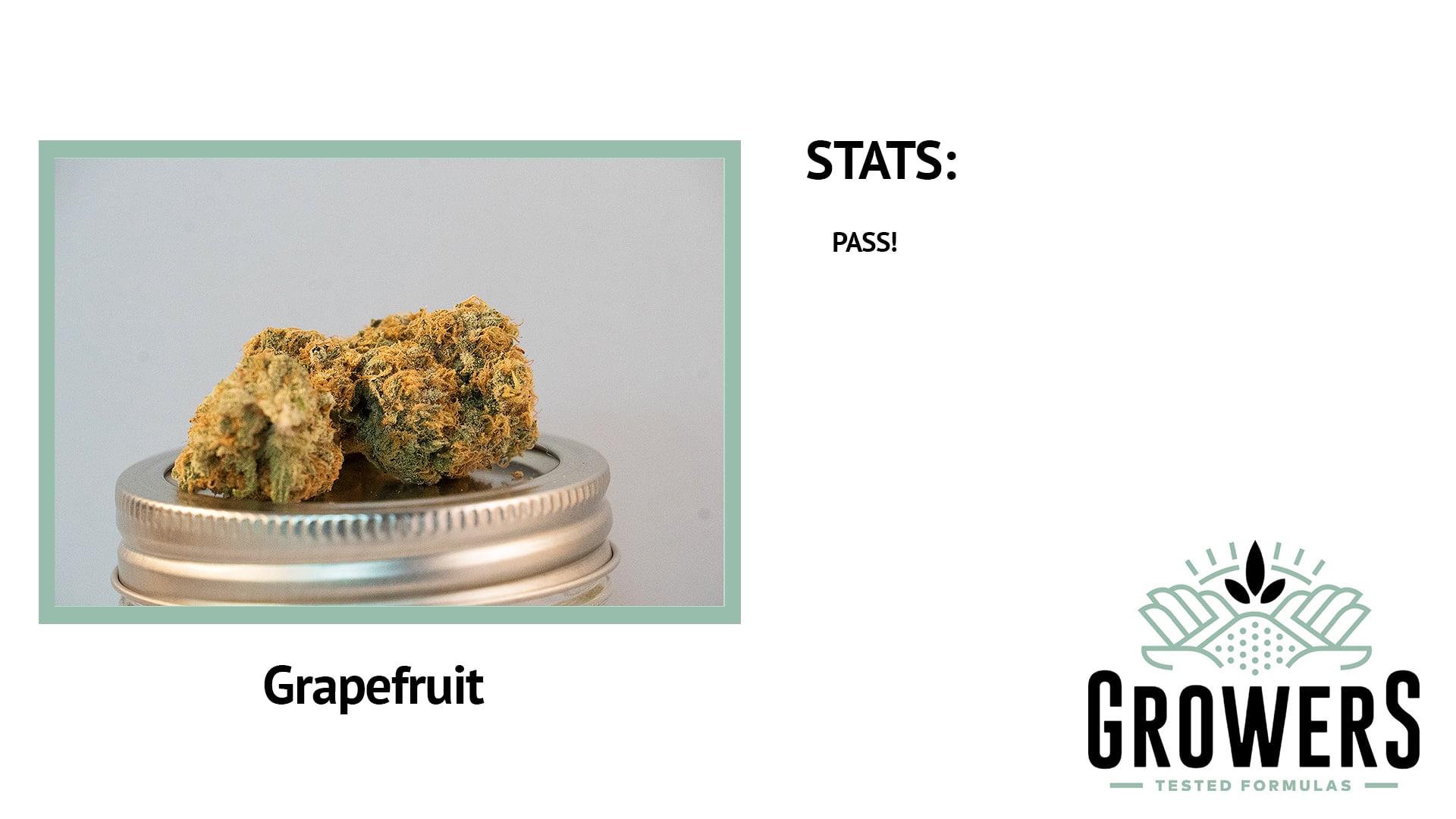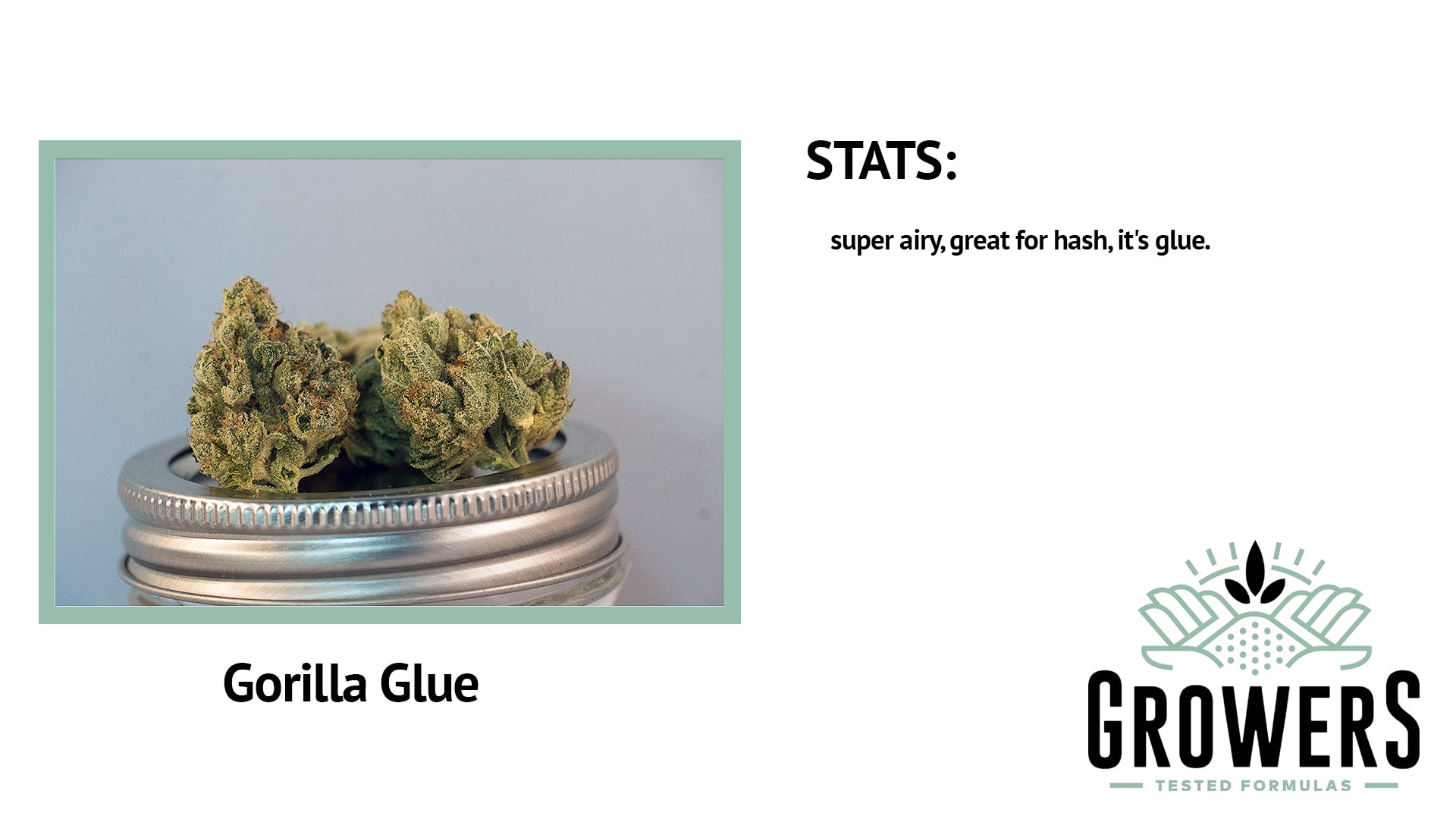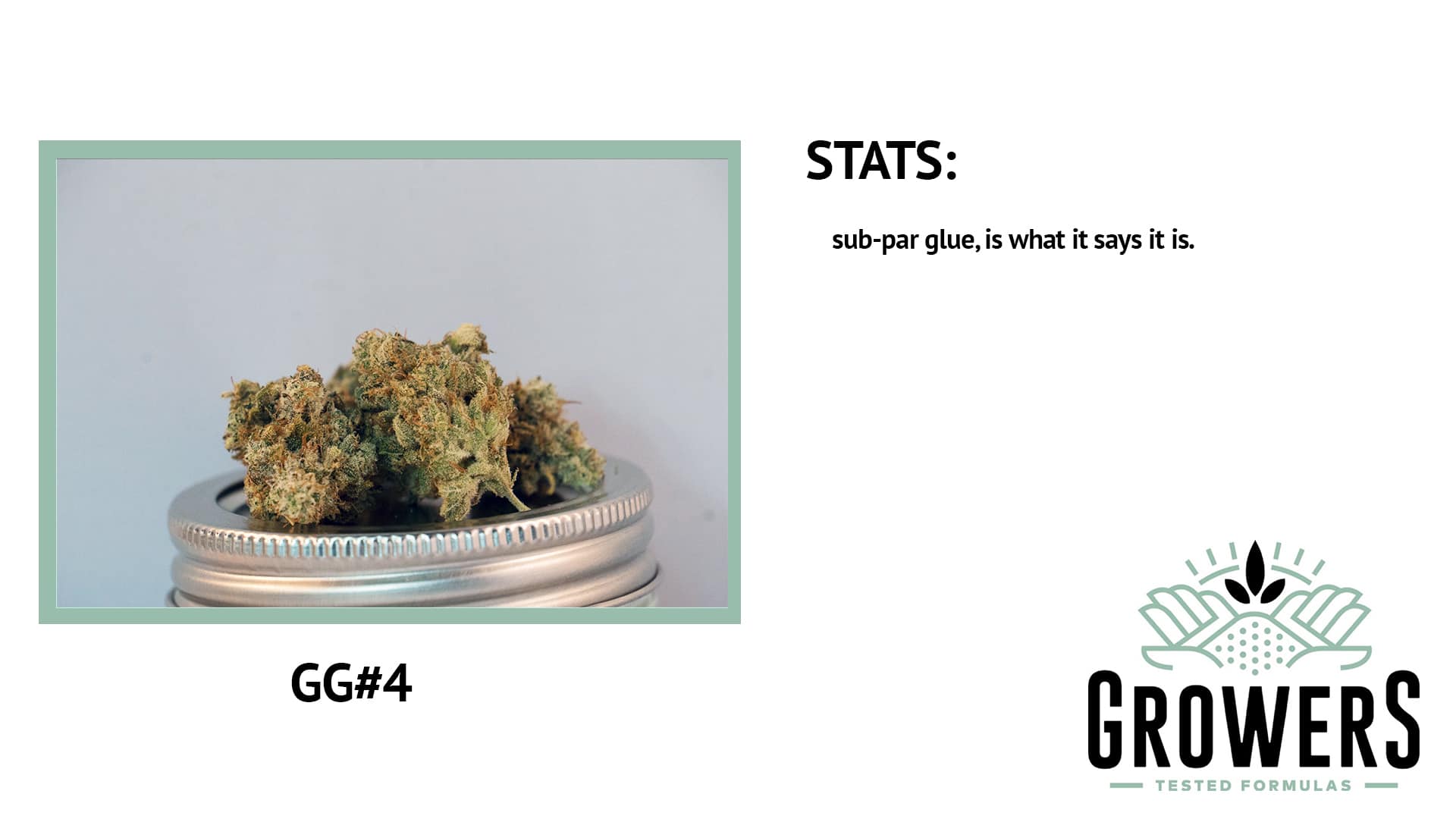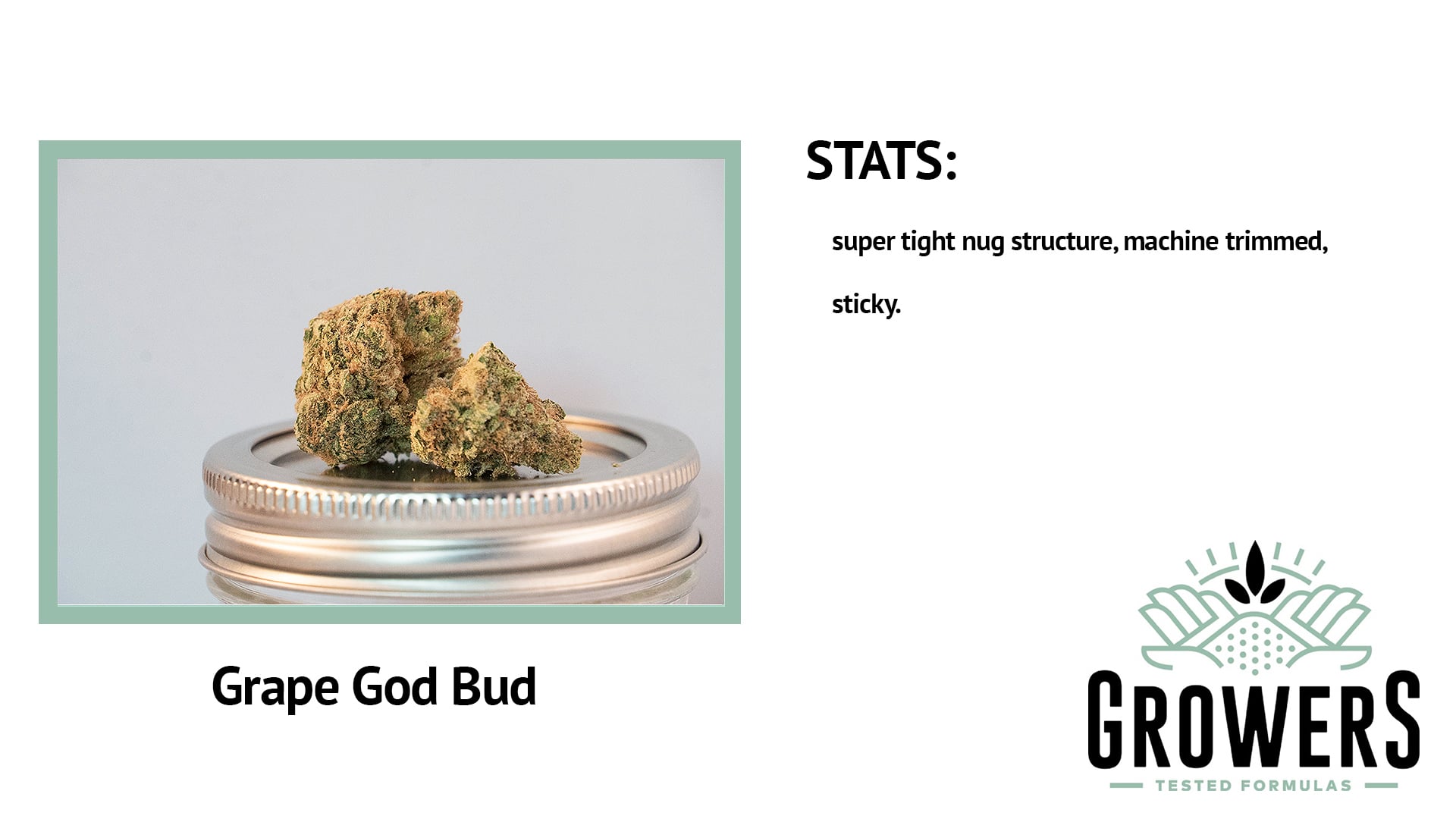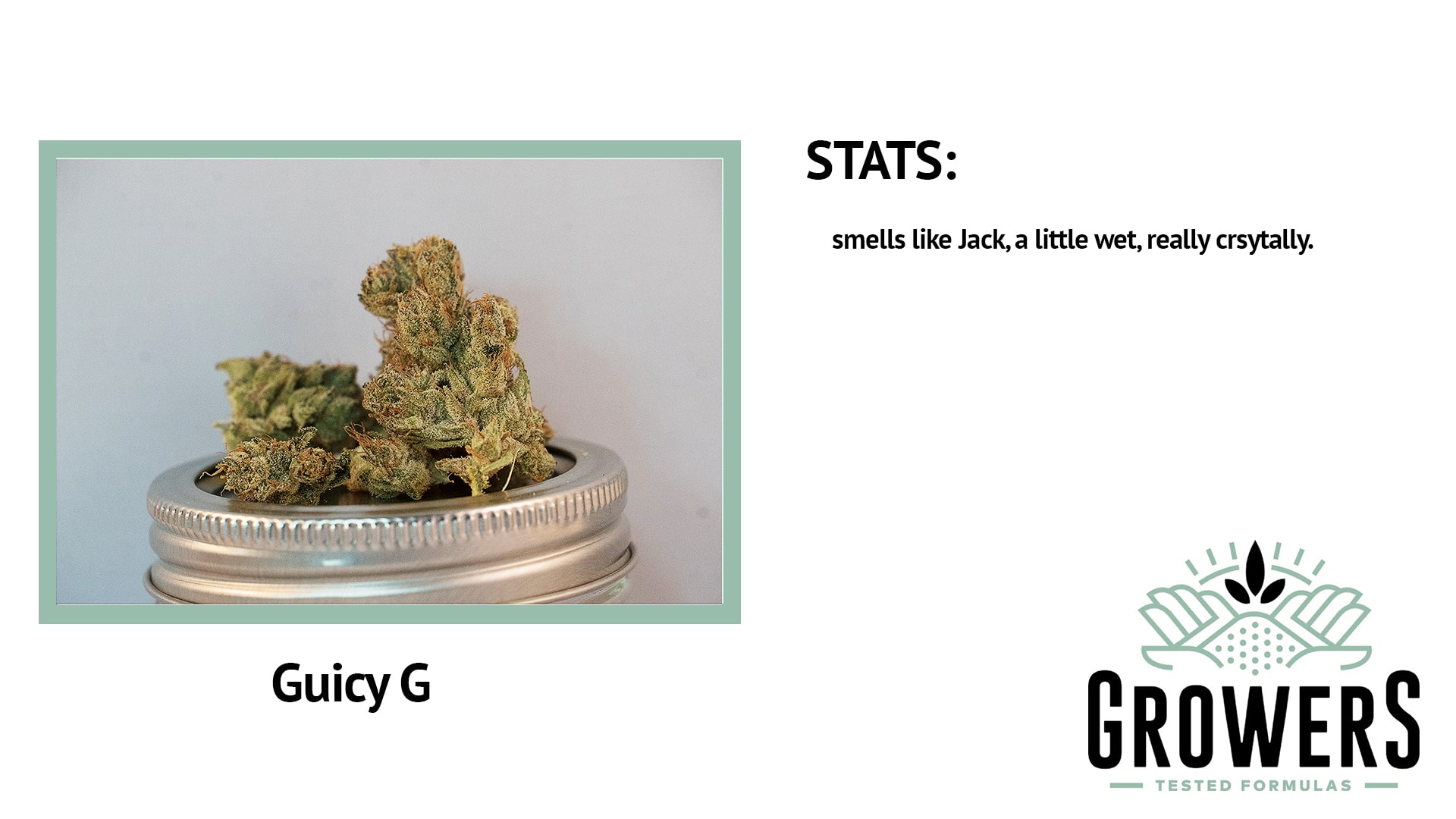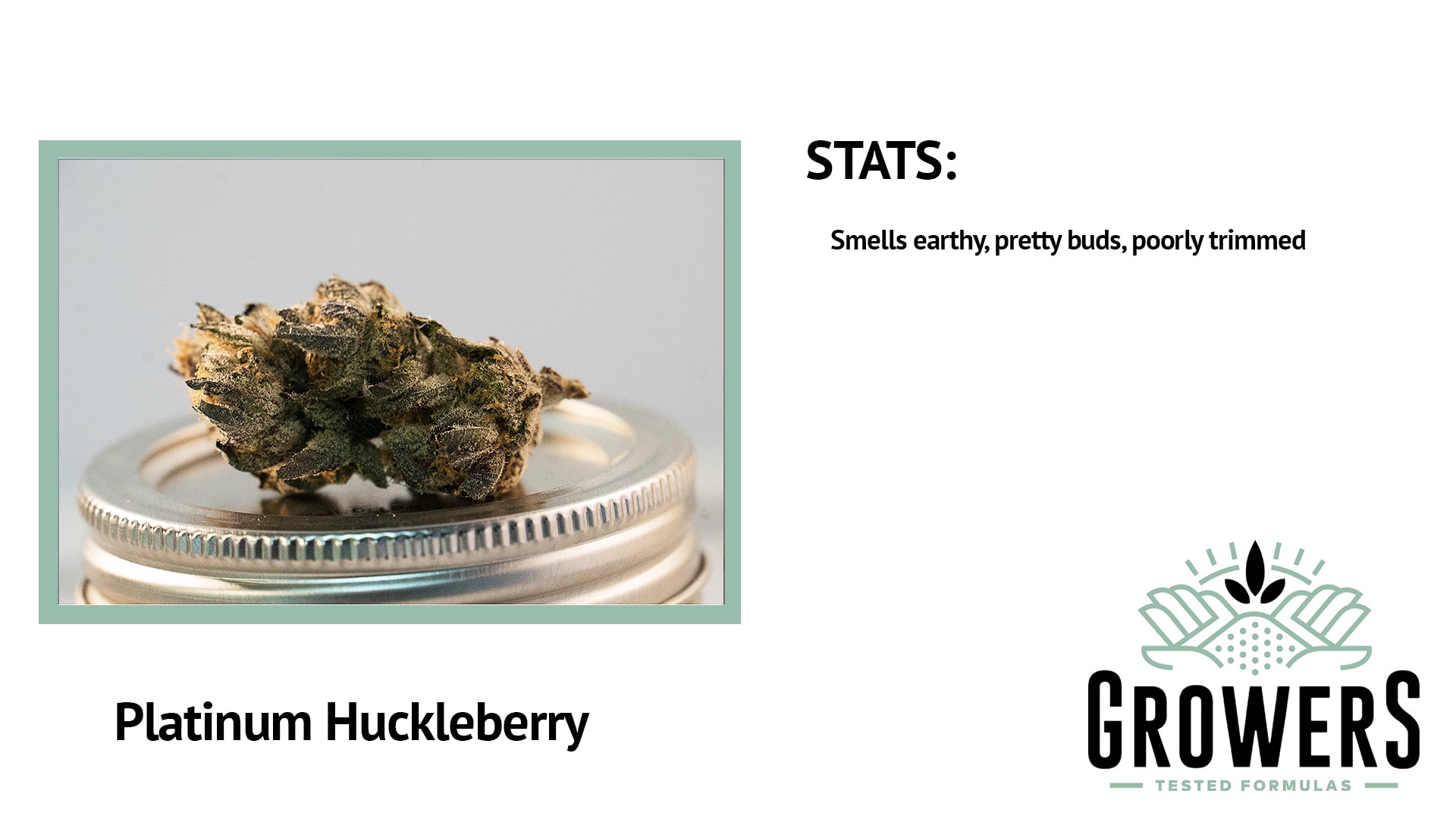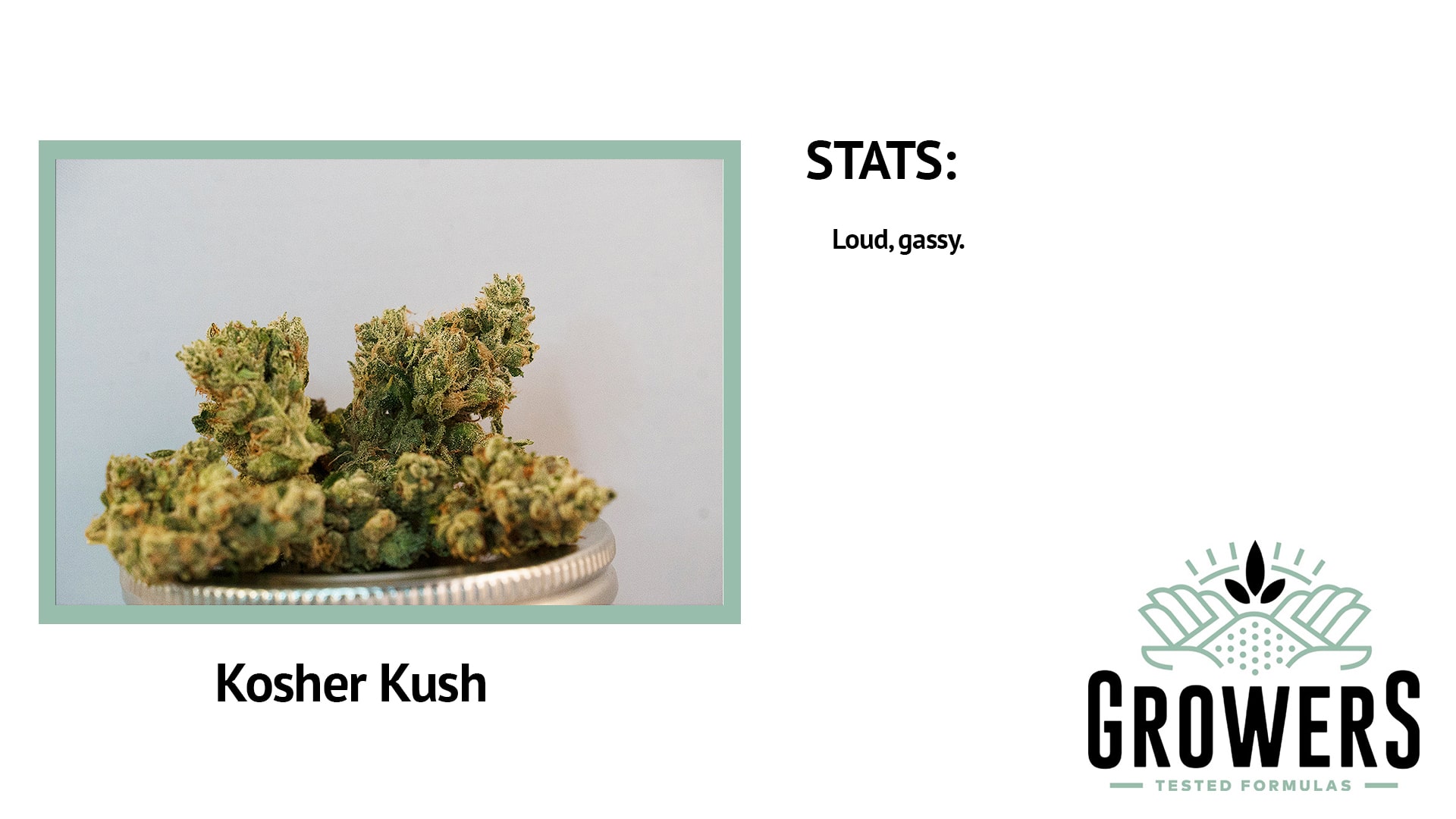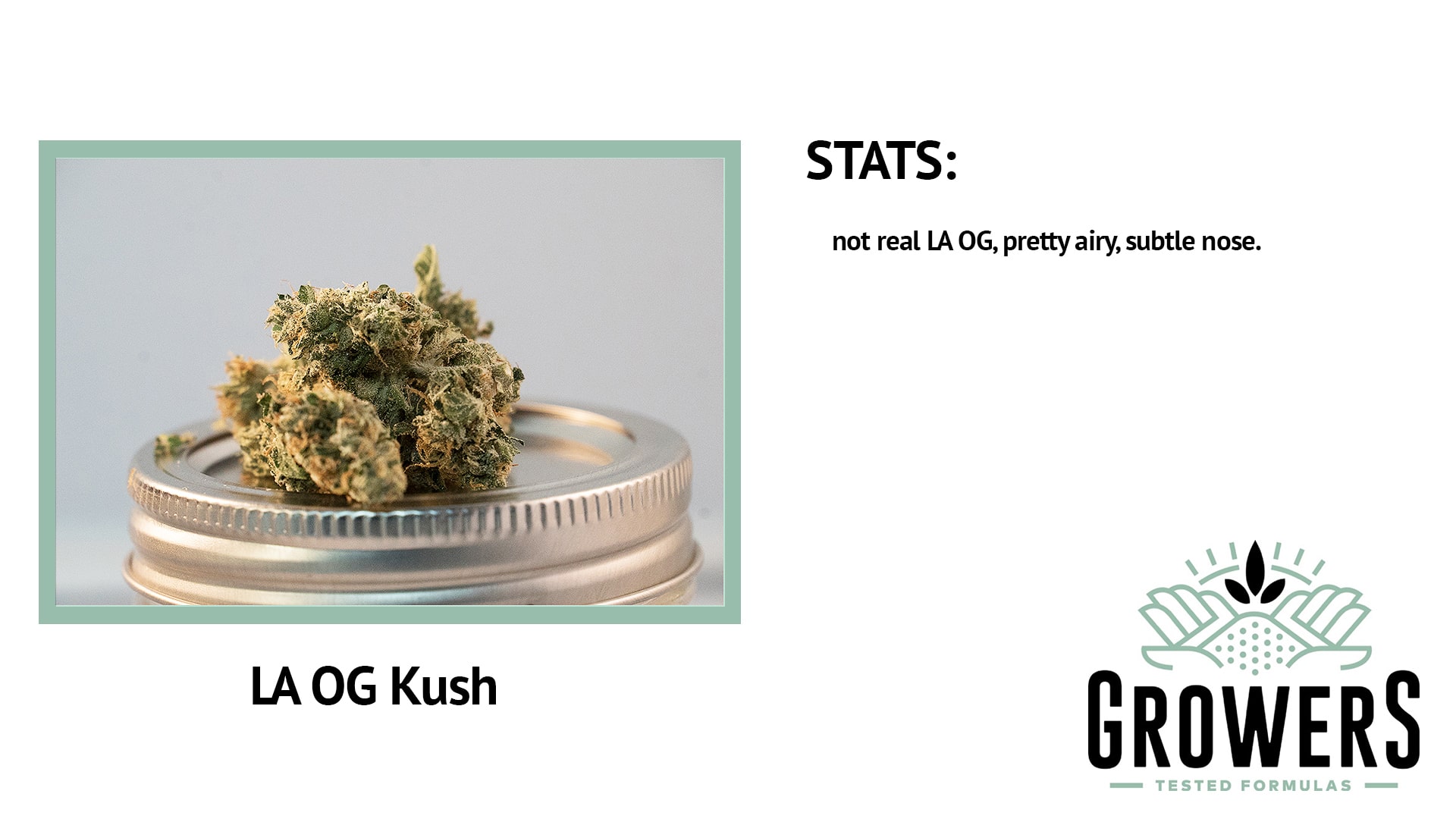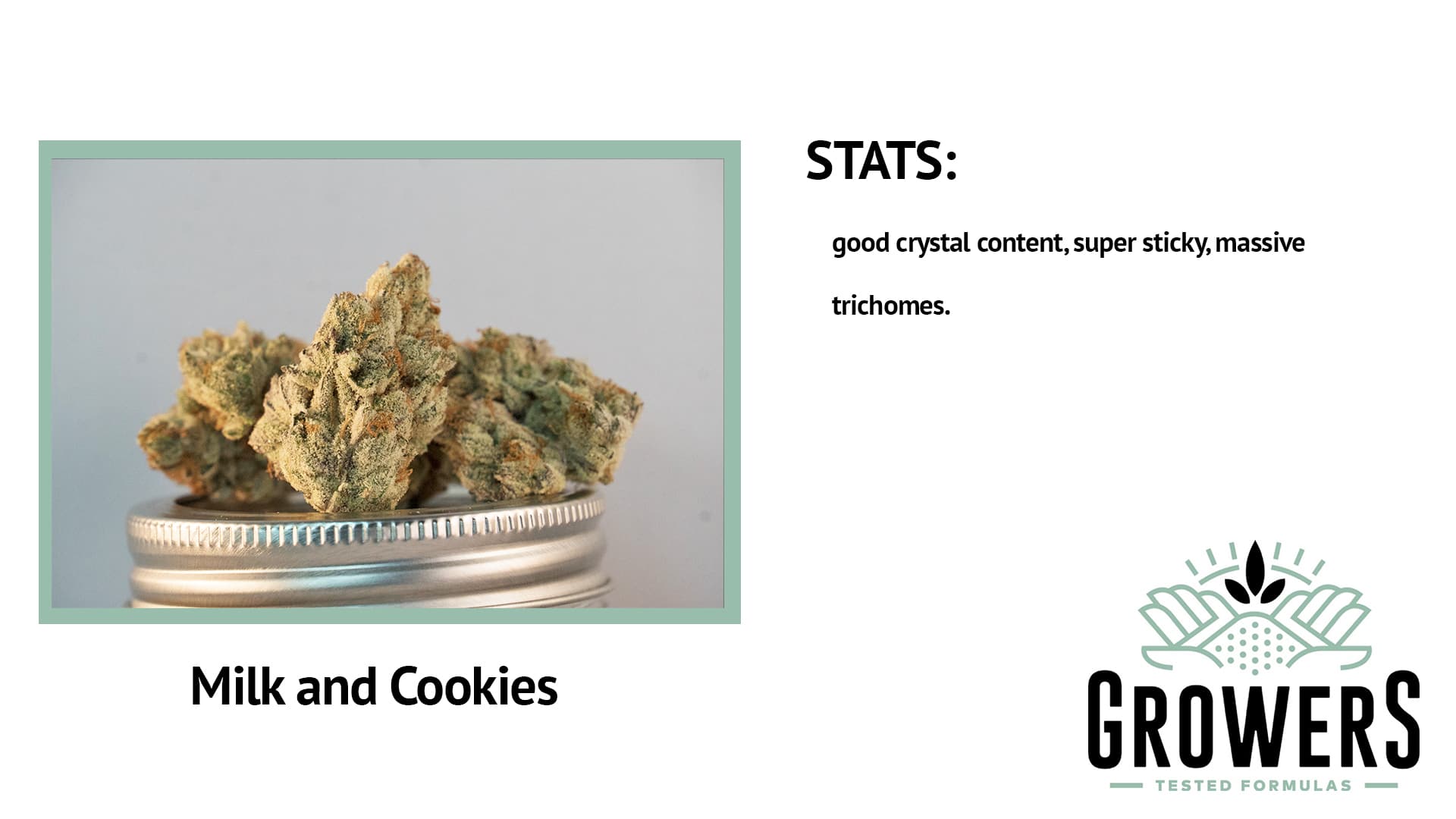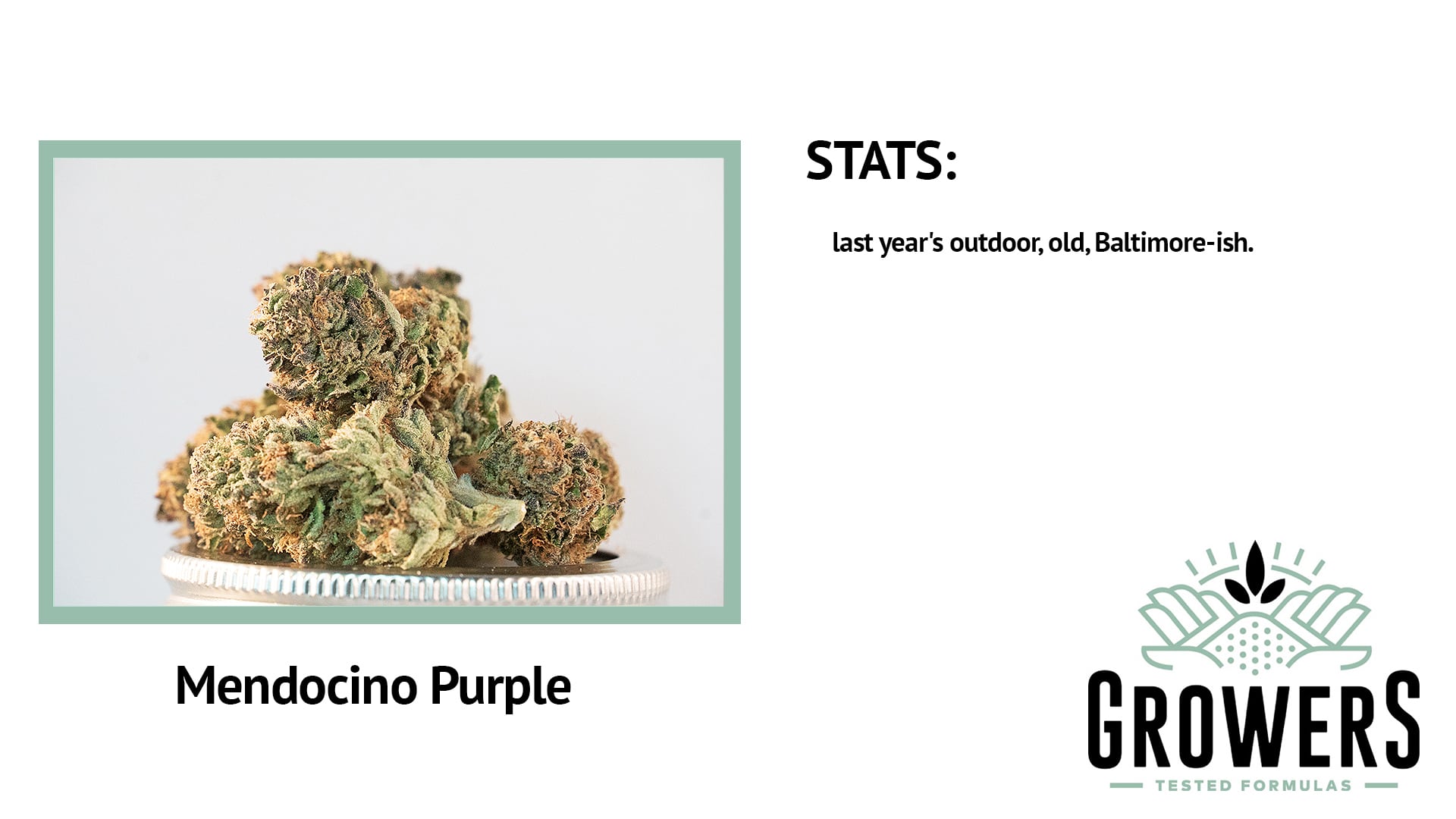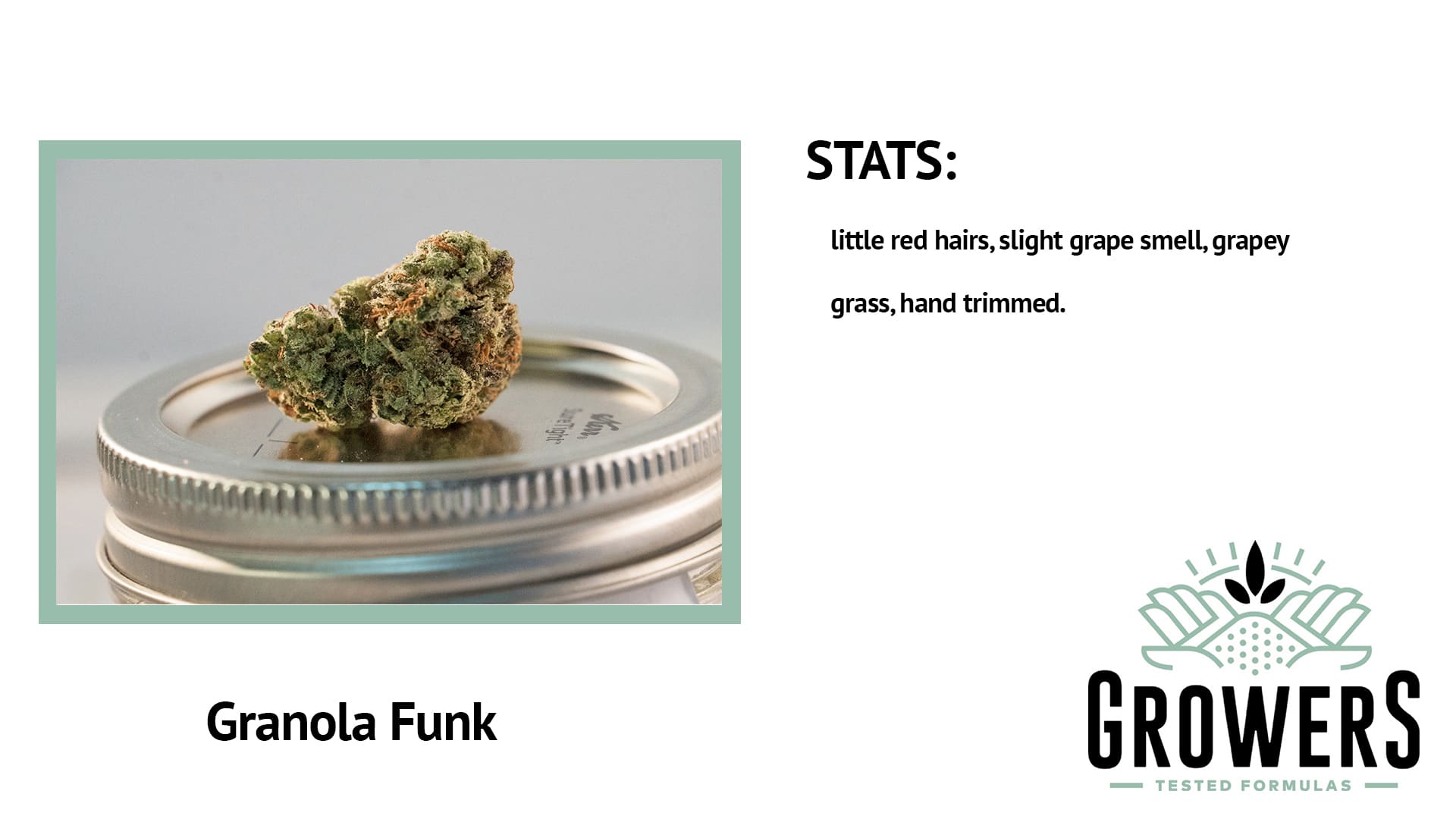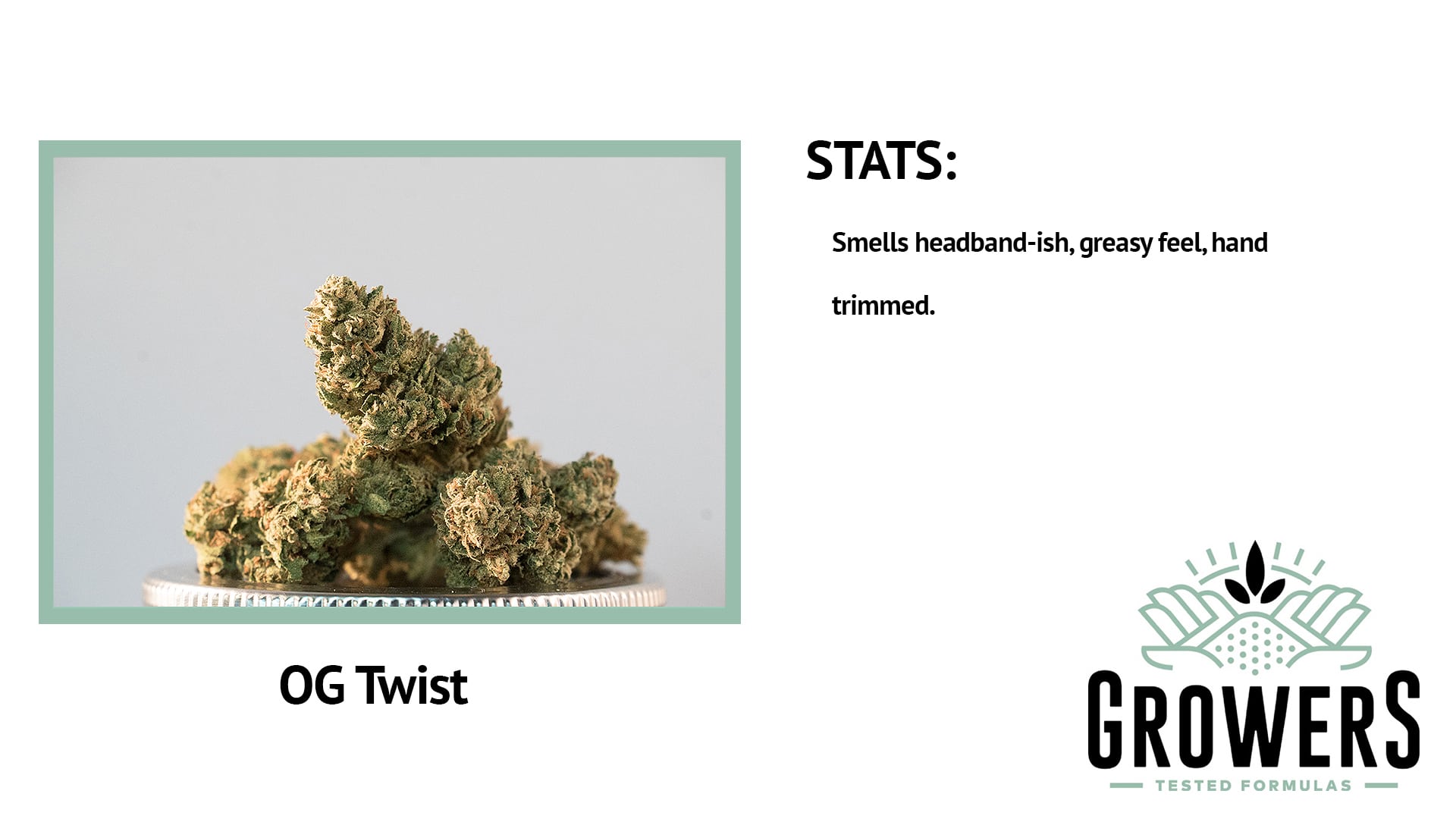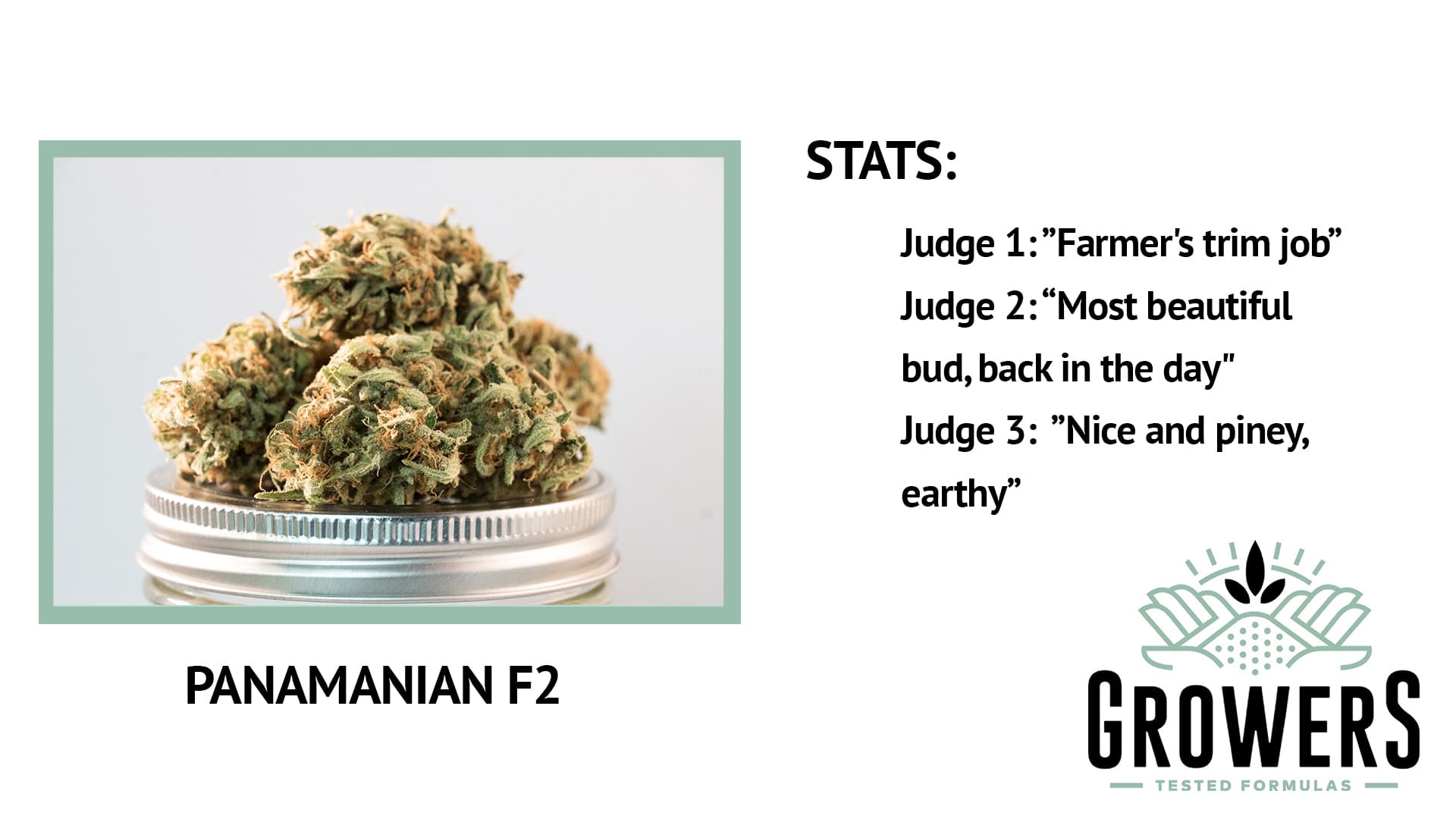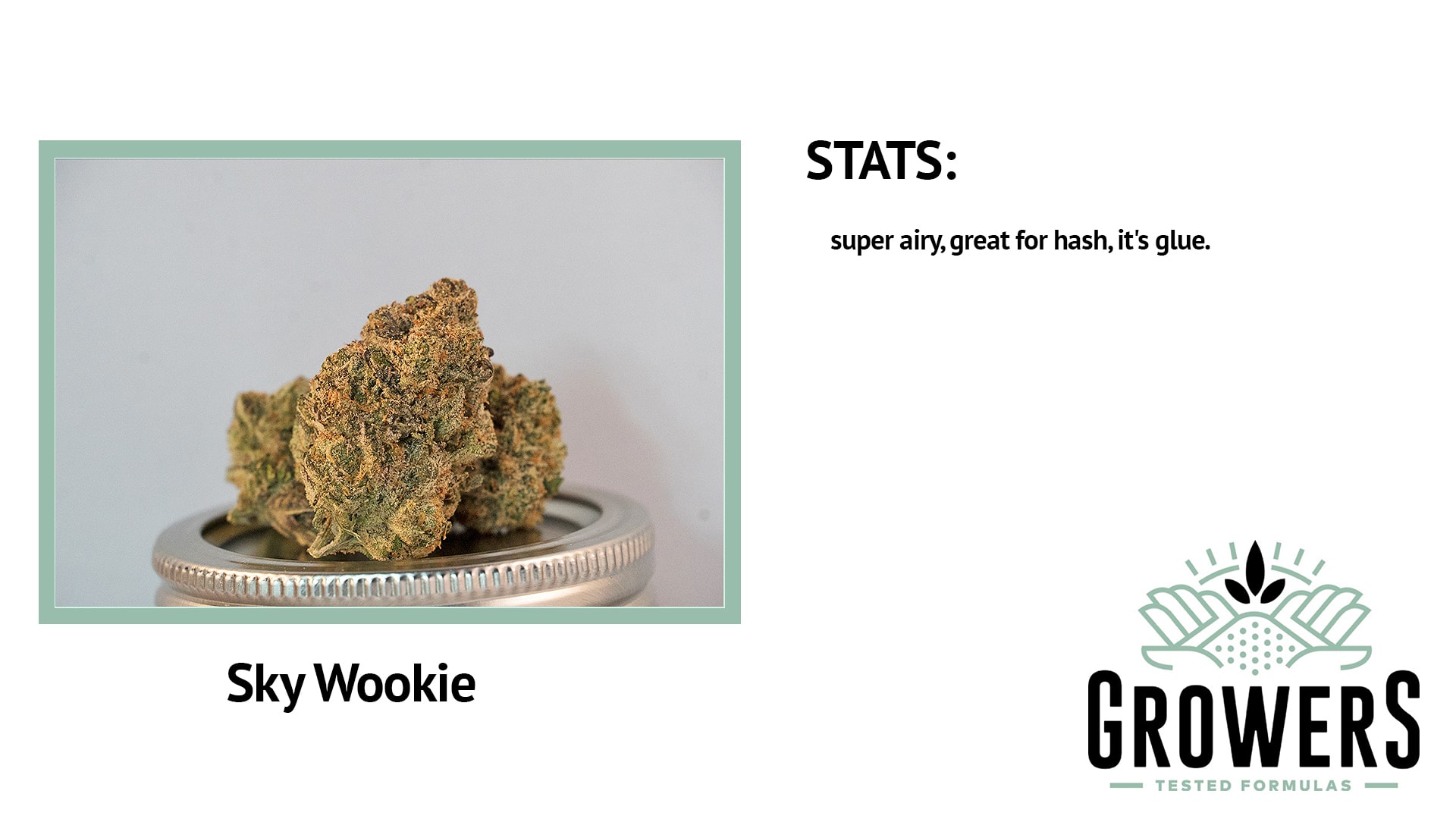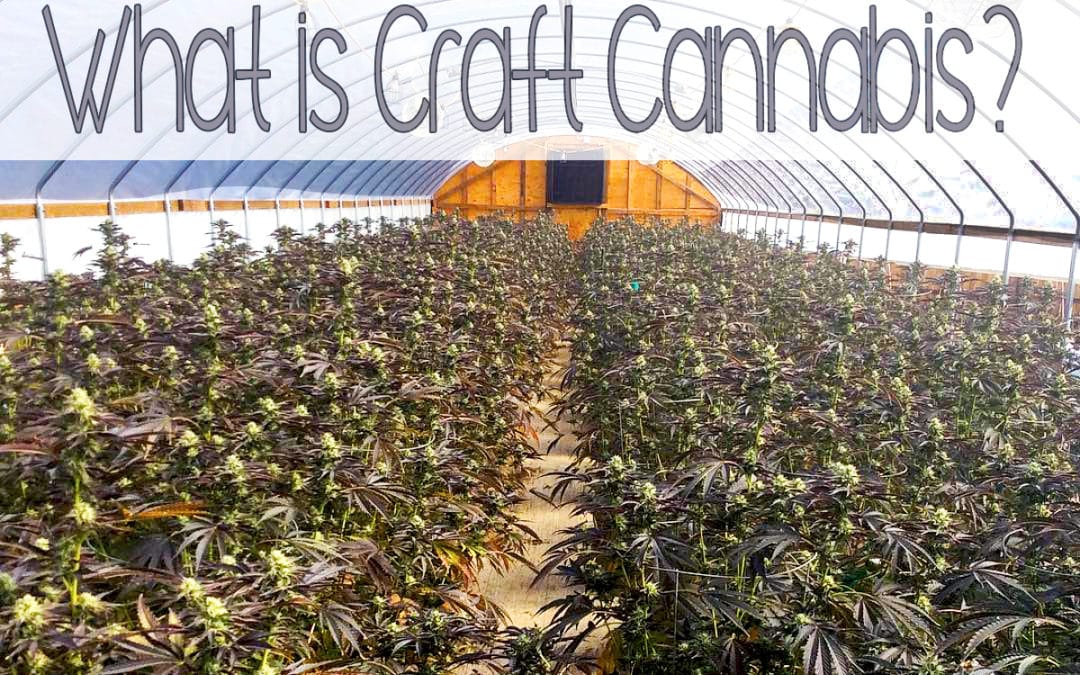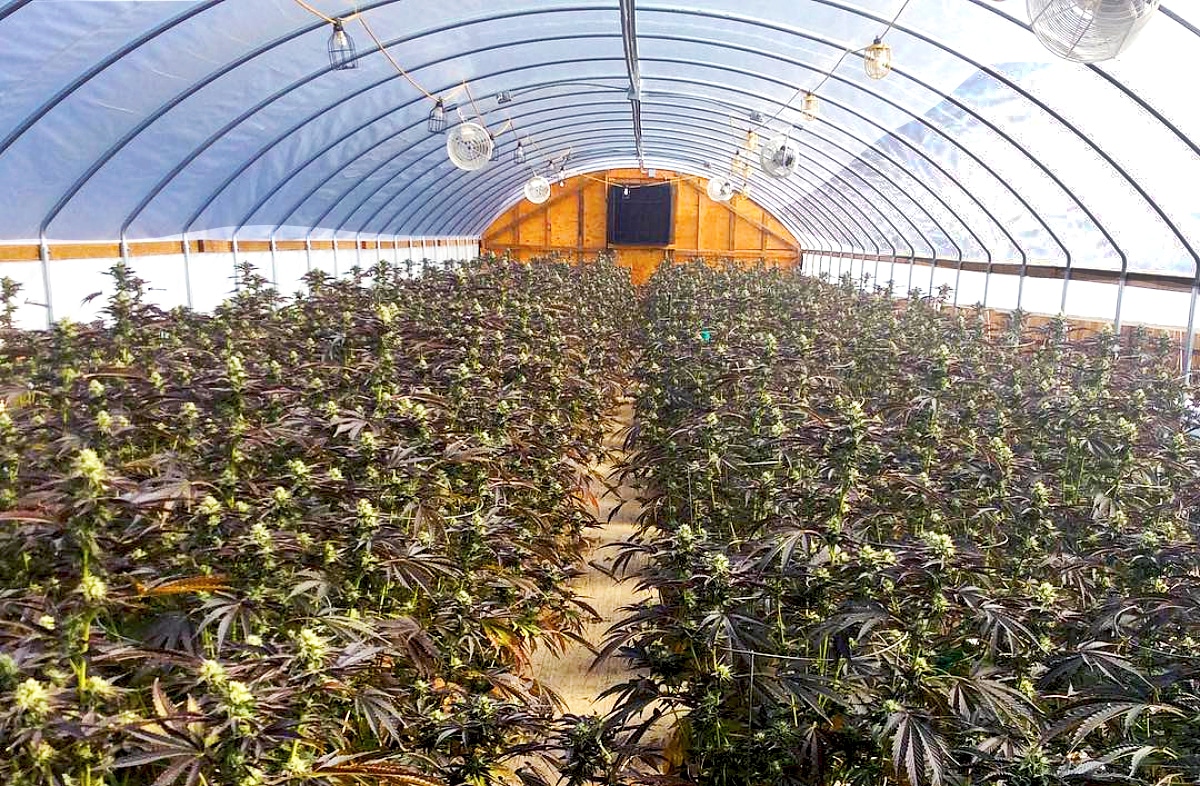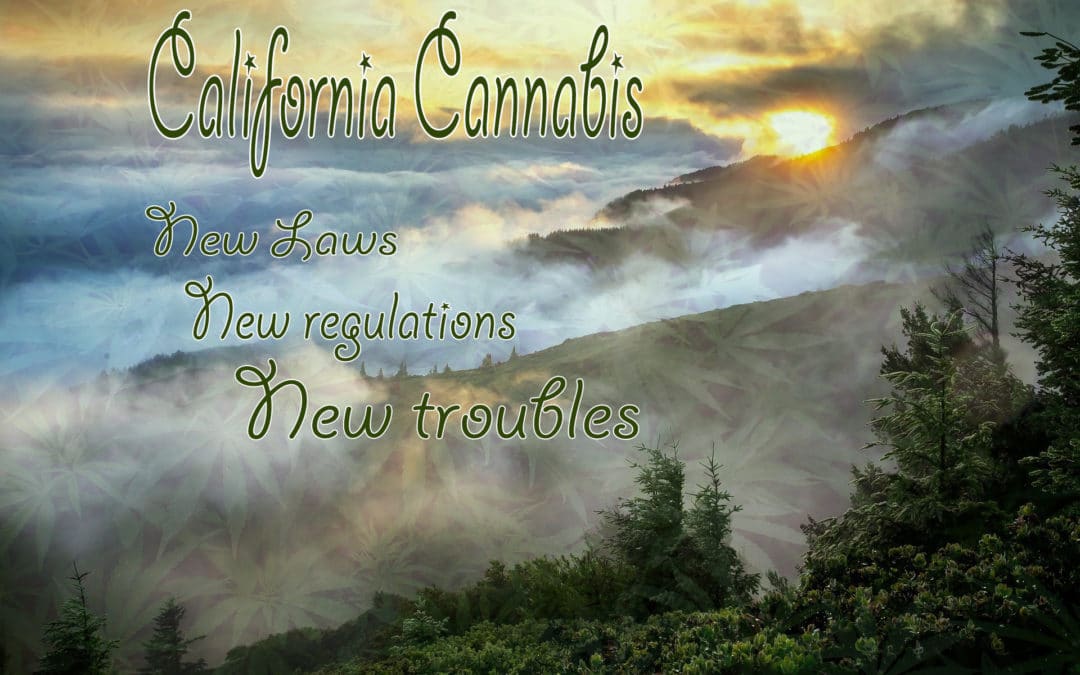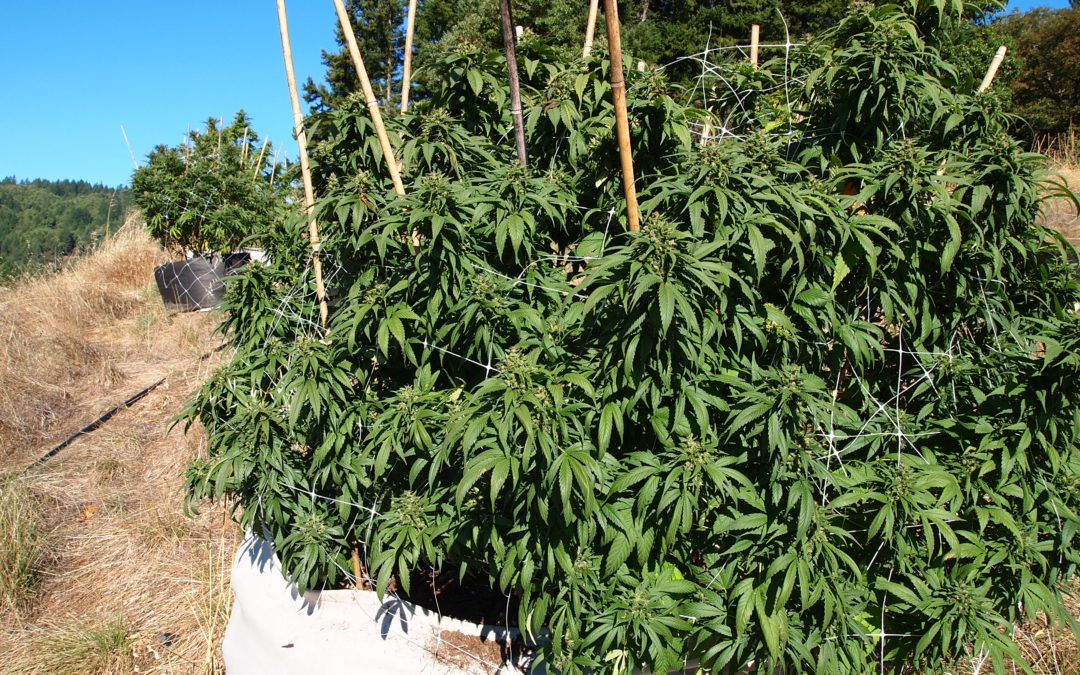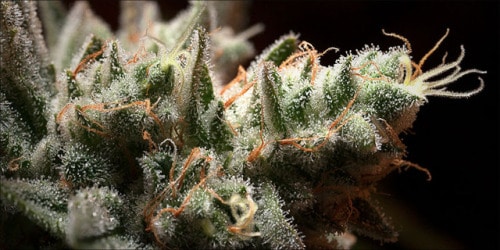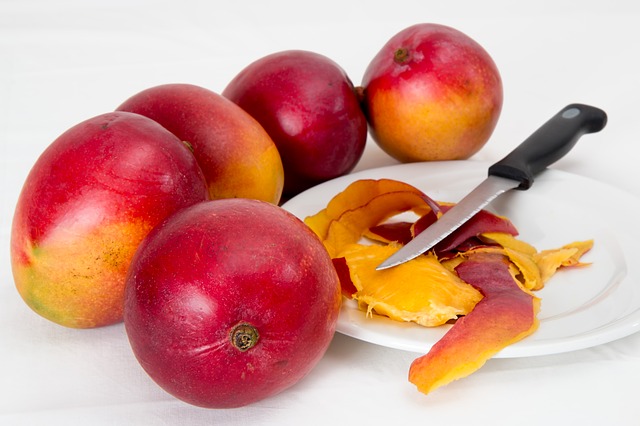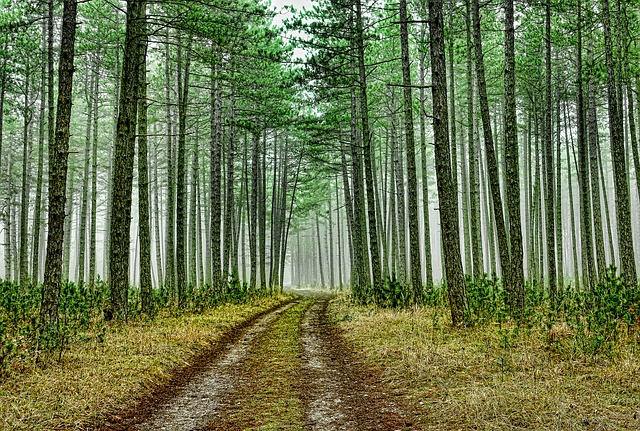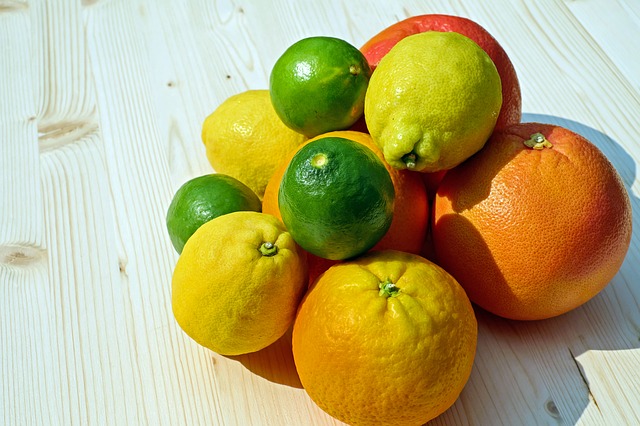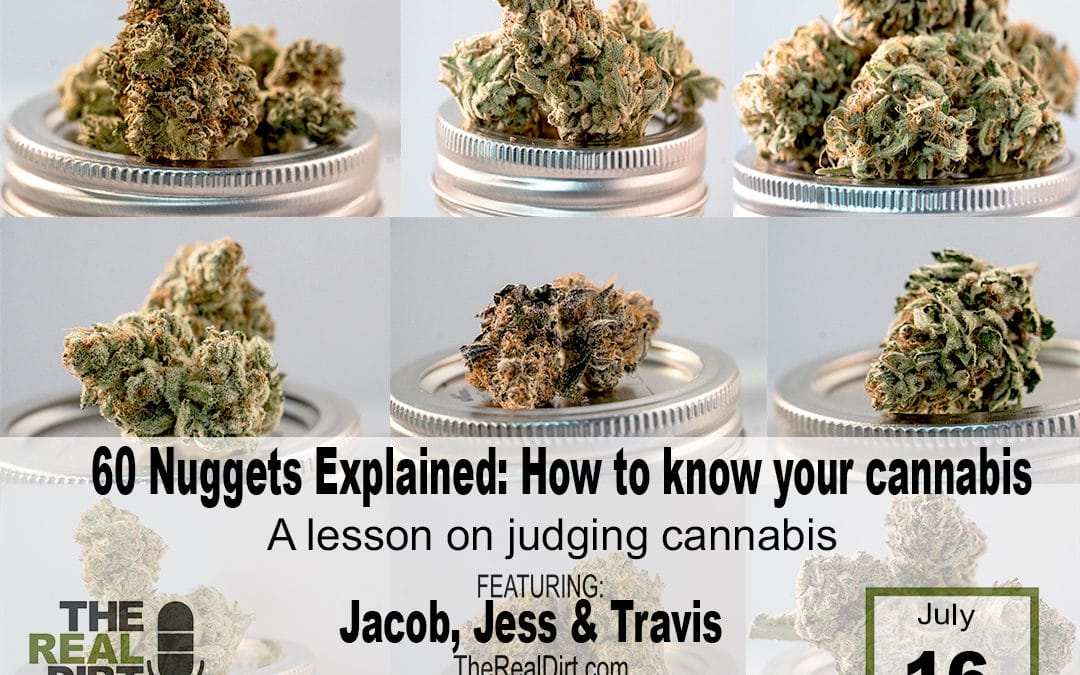
60 Nuggets Explained: how to know your cannabis
Podcast: Play in new window | Embed
Subscribe: Google Podcasts | Spotify | iHeartRadio | Stitcher | Email | TuneIn | RSS
In this episode of The Real Dirt Chip talks about the Cultivate Showdown, a secret cannabis competition hosted by The Real Dirt. The best of the best growers from all over came to showcase their cannabis, with only one winner being chosen.
Check out the entries below as Chip and his guests analyze them on this episode!
You walk into the dispensary. There are a dozen different strains on the shelf, some are labeled as the “bottom shelf” strain choices, others are the supposed “top shelf” strain options.
You ask to see one of the bottom shelf strains — because let’s be real, if you can get solid cannabis at a cheap price, why not? — and they bring the jar closer for inspection. The bud might not look super frosty or appealing, but when they open the jar, you’re hit with a wave of smells that linger in your nose. Fruitiness, gassiness, dankness. All the smells you want.
Then you ask to see one of the top shelf strain options. It looks great; the bud structure is what you look for, it has a nice crystal to hair ratio. It’s everything you would look for in a top shelf bud. The keyword being “look”.
The budtender brings the top shelf jar over and cracks it open. You aren’t smacked in the face with the same smell explosion as before. In fact, this strain seems to be very mild in smell compared to the bottom shelf option. It might even smell a little bit like hay. This is where the average cannabis consumer gets lost.
The top shelf bud should be better. It looks way better, but most importantly, there has to be a reason it is priced higher than the bottom shelf stuff, right? Not always. One of the most important things to remember about cannabis, especially when it comes to dispensary cannabis, is that looks are not all that matters.
Dispensaries do not allow customers to touch the cannabis. Obviously this is due to contamination concerns, but an added benefit of this rule is just that; you aren’t allowed to touch the cannabis. An essential way of being able to judge the quality of cannabis is through touch.
A bud could look super dense and sticky in the jar, but once you get home you find out it was just a fluffy bud that looked dense, and it’s dry to the point you don’t even need a grinder. Since it’s unlikely that you’ll ever be able to touch the cannabis at a dispensary, you must utilize your other senses, sight and smell, for the majority of your judgement. So you better make sure they are fine tuned!
In this episode of The Real Dirt, Chip sits down with Jess Baker, Jacob Sarabia and Travis Crane to go through a dozen different strains to analyze them all. Learn what to look for, what to smell for, and what to avoid before you decide to light up that next strain you see at the dispensary or in your smoke circle.


